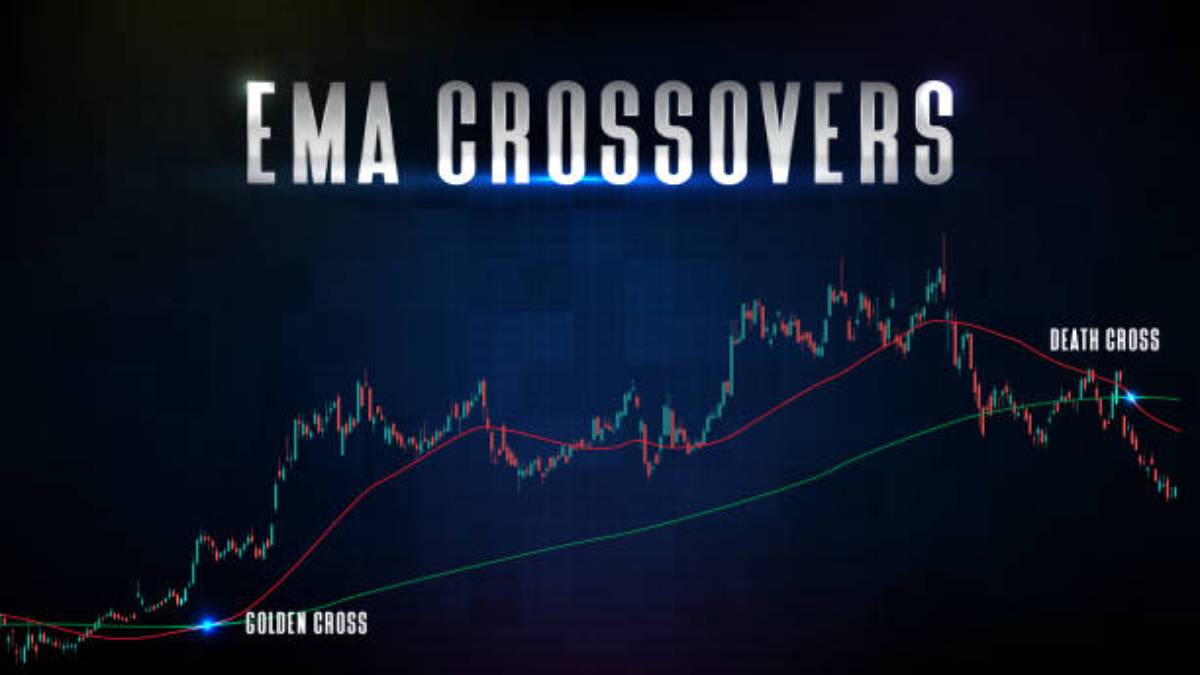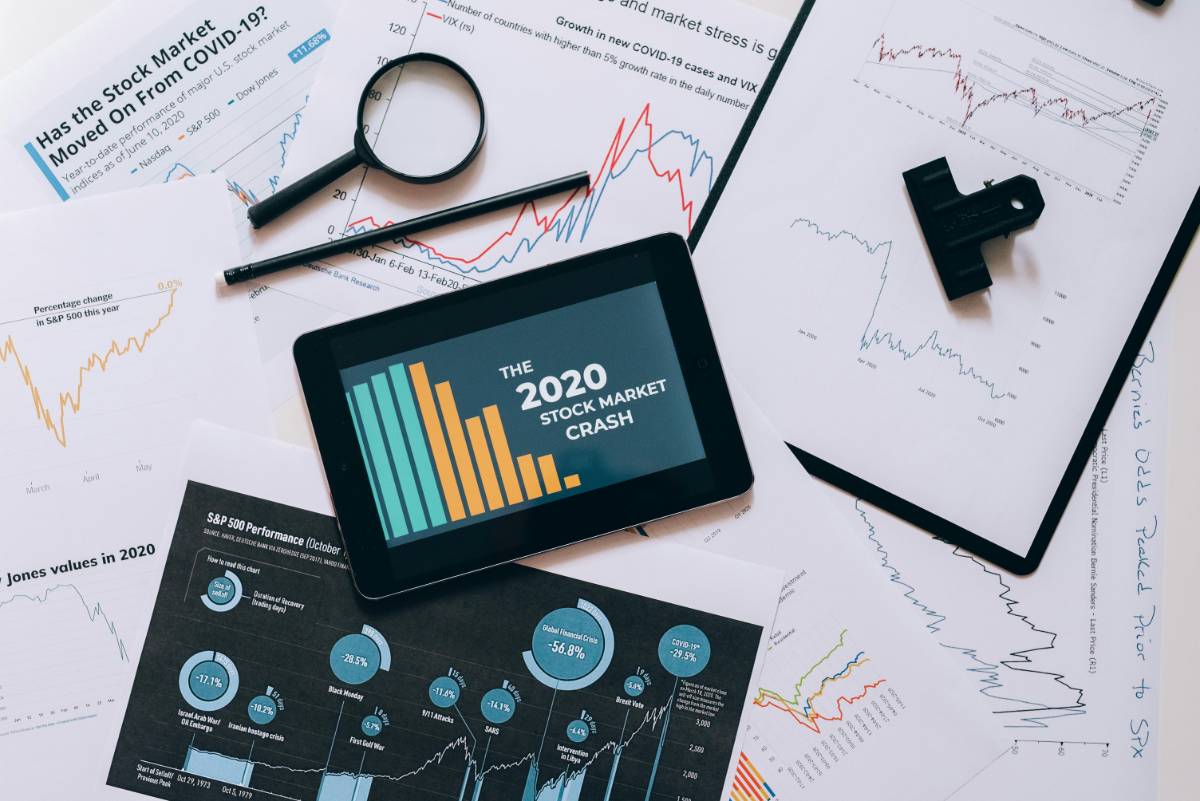
401(k) and IRA: How ETFs and Mutual Funds Fit Into Retirement Planning
 By Rahul Sharma
By Rahul SharmaPlanning for retirement requires selecting the right investment vehicles, and ETFs and mutual funds play a crucial role in both 401(k) and IRA accounts. These options provide diversification, professional management, and potential long-term growth.
Why Include ETFs and Mutual Funds in Retirement Accounts?
ETFs and mutual funds offer exposure to a broad range of assets, including stocks and bonds. Their diversified nature helps investors manage risk while pursuing long-term returns.
These funds are particularly beneficial for tax-advantaged retirement accounts like 401(k)s and IRAs, where compounding growth can maximize wealth accumulation.
Best ETFs for Retirement Planning
Low-cost index ETFs, such as Vanguard Total Stock Market ETF (VTI) and iShares Core S&P 500 ETF (IVV), provide strong long-term growth potential. Bond ETFs, like iShares U.S. Aggregate Bond ETF (AGG), add stability to retirement portfolios.
Target-date ETFs can automatically adjust asset allocation over time, making them ideal for hands-off investors approaching retirement.
Top Mutual Funds for Retirement Accounts
Actively managed mutual funds like Fidelity Contrafund and Vanguard Wellington Fund offer strong historical performance. These funds adapt to market conditions while providing professional oversight.

Balanced mutual funds combine stocks and bonds, creating a mix that supports steady growth with reduced volatility.
How to Choose the Right Investment
Consider factors like expense ratios, asset allocation, and historical performance when selecting ETFs and mutual funds for your retirement plan. Diversification across different asset classes helps protect against market fluctuations.
Investors should also review their risk tolerance and retirement timeline to ensure their portfolio aligns with long-term financial goals.
You might also like
1. How Interest Rates Impact ETF and Mutual Fund Performance2. Understanding and Managing Risk in Your Investment Portfolio3. The Basics of Passive Income: How to Make Money Work for You4. Understanding the U.S. Financial System: A Complete GuideConclusion
ETFs and mutual funds offer valuable opportunities for building a strong retirement portfolio. By choosing low-cost, diversified funds and regularly reviewing your investments, you can create a stable financial future and enjoy a comfortable retirement.

About the author
 By Rahul Sharma
By Rahul SharmaRahul Sharma is a seasoned finance writer with over 8 years of experience helping millennials and Gen Z take control of their money. With a background in economics and a passion for demystifying complex financial concepts, Ananya shares actionable tips on budgeting, investing, and building long-term wealth. Her mission is to make financial literacy accessible, relatable, and empowering — no jargon, just smart money moves.
More like this

Stock Buybacks: How They Influence Share Prices
Stock buybacks have become a common strategy for companies looking to boost share prices and reward investors. Understanding their impact can help investors make informed decisions.

Meme Stocks: Are They Making a Comeback?
Meme stocks took the financial world by storm in recent years, driven by online communities and retail investors. As market conditions shift, many wonder if these stocks are making a comeback.

Dividend Stocks vs. Growth Stocks: Where’s the Best Opportunity?
Investors often face a crucial decision when building their portfolios: Should they invest in dividend stocks for stability or growth stocks for higher returns? Understanding the differences can help in making the right choice based on financial goals and risk tolerance.

How Geopolitical Events Affect U.S. Stock Performance
Geopolitical events have a significant impact on the U.S. stock market, influencing investor sentiment, market volatility, and sector performance. Understanding these effects can help investors navigate uncertainty and make informed decisions.

AI and Automation: The Next Big Disruptors in the Stock Market
Artificial intelligence and automation are transforming industries, and the stock market is no exception. These technologies are reshaping investment strategies, trading mechanisms, and market dynamics at an unprecedented pace.

S&P 500 vs. Nasdaq: Where Should You Invest?
Investors often compare the S&P 500 and the Nasdaq when deciding where to allocate their funds. Understanding the differences between these indices can help you make a strategic investment choice based on your risk tolerance and financial goals.

Why Tech Stocks Are Leading the Market Again
Tech stocks are once again at the forefront of the market, driven by innovation, strong earnings, and investor optimism. As companies in the sector continue to expand their influence, understanding the reasons behind this surge can help investors make informed decisions.

The Impact of Federal Reserve Policies on the Stock Market
Federal Reserve policies play a crucial role in shaping the stock market. Interest rate decisions, quantitative easing, and regulatory measures directly impact investor sentiment and market performance. Understanding these effects can help traders and long-term investors navigate the evolving financial landscape.

Top Performing Stocks on Wall Street This Quarter
The latest quarter on Wall Street has seen significant movements, with some stocks outperforming expectations while others struggled to keep up. Understanding these trends can help investors make informed decisions moving forward.

U.S. Stock Market Outlook: What to Expect in 2025
As we move into 2025, investors are looking for insights into the U.S. stock market's potential trajectory. Market trends, economic policies, and global events will all play crucial roles in shaping investment opportunities.




